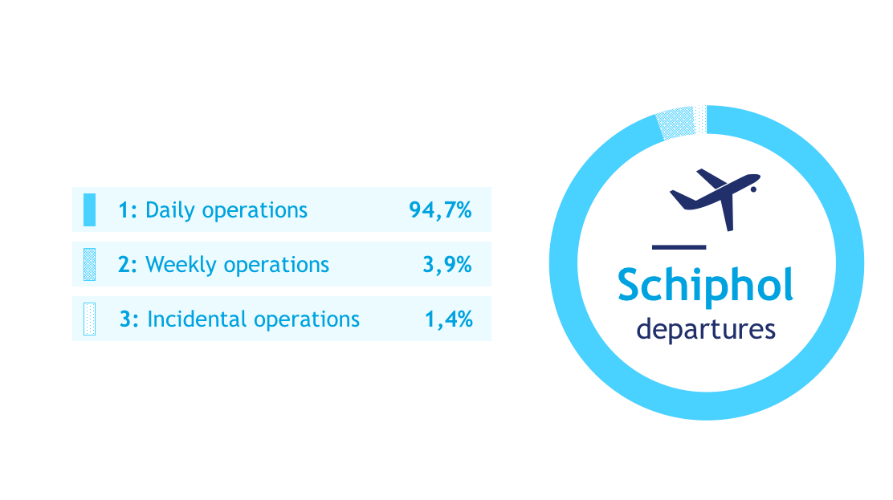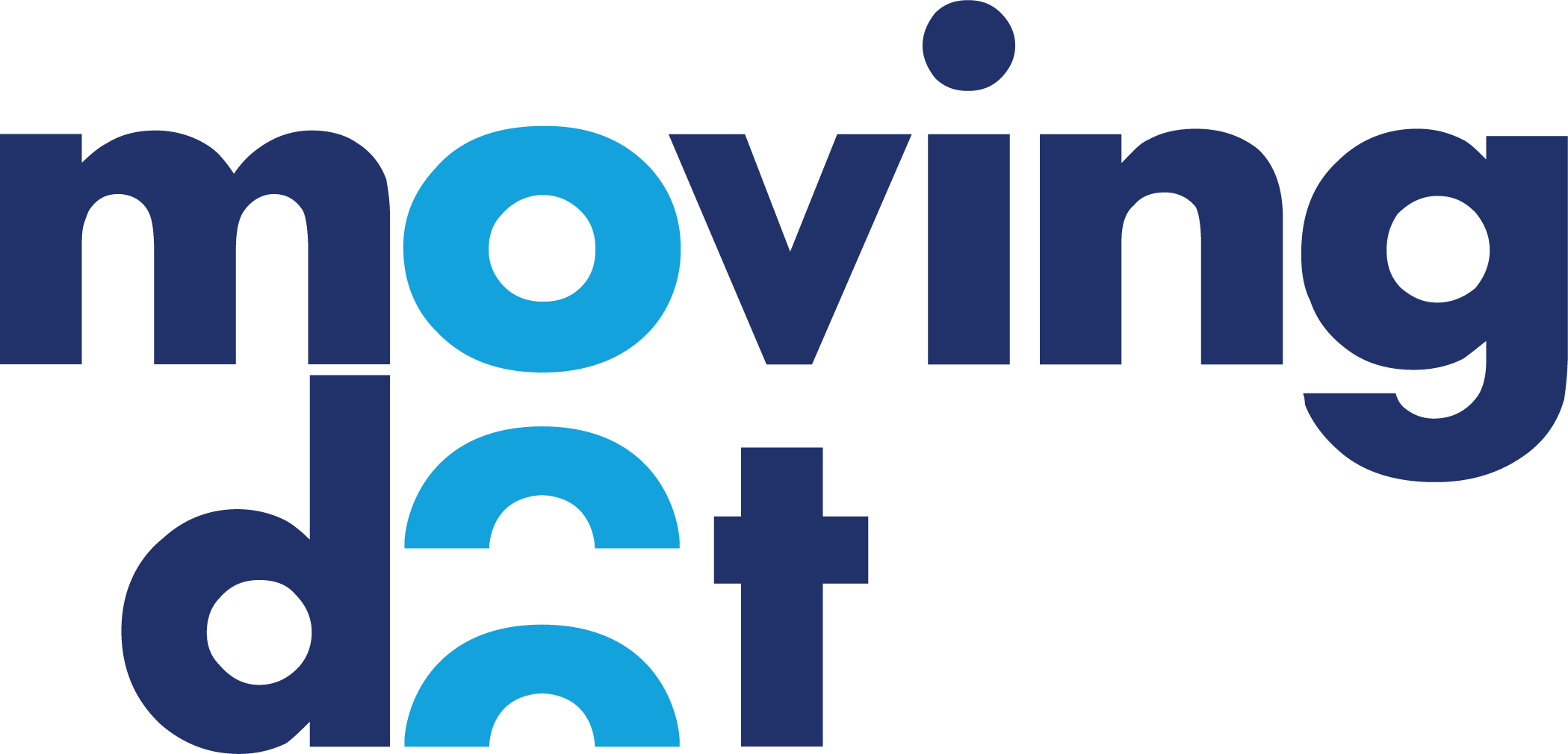The goal was to examine the possibility to increase DCL utilisation from the current 70% to above 90%
The KDC project, “Optimising Outbound Cluster (2017)”, showed that in the short-term improvements to the outbound process, by reduction of workload for controller and pilots, are reliant on increased use of ACARS for pre-departure clearance (DCL). The follow-up project “Schiphol DCL Utilisation” was set up to further investigate the possibility to increase DCL utilisation at Schiphol. The project goal was to examine the possibility to increase DCL utilisation from the current 70% to above 90%, a level that in the previous study had been shown to give a meaningful workload reduction.
The result of the current study shows that it is unrealistic to aim for 90% DCL utilisation at Schiphol in the short-term (three to five years). This is mainly due to lack of equipage and company policy not to use ACARS by some major aircraft operators at Schiphol. Varying degree of DCL utilisation was seen across all type of airline business models and it was concluded that business model was not a determining factor in DCL utilisation. A realistic and conservative target for DCL utilisation that can be reached in the short term is 80%. This can be done by improving information and communication about DCL utilisation at Schiphol.

Specifically, the fact that DCL is the preferred method for acquiring pre-departure clearance at Schiphol is important to communicate. In addition, supporting willing aircraft operators by giving them regular feedback on their DCL performance data will enable them to improve DCL utilisation. The study also finds that since equipage is one reason for not using DCL. Fleet renewal by aircraft operators, introducing more ACARS equipped aircraft into their fleet, will likely improve overall DCL utilisation at Schiphol.
The focus of improvement efforts must be the group of airlines that operate daily at Schiphol. This group represents about 95% of all departures and are therefore decisive in reaching a DCL utilisation target.
Although the realistic target of 80% falls short of the 90% identified in the earlier study it still represents a clear workload reduction for controllers and pilots. It is also worth noting that 80% is a conservative estimate and that higher DCL utilisation is certainly possible.
It is recommended that efforts are made in three areas to reach this goal: airport information, active communication, and specific airline support.
1) It should be stated more clearly in the AIP information about Schiphol that DCL is the preferred method for acquiring pre-departure clearance.
2) The airport should start initiatives to actively communicate to airlines that DCL is the preferred method for acquiring pre-departure clearance. This could for example be done via newsletters, posters, or flyers.
3) A process should be setup to provide airlines that actively want to utilise DCL with information on their performance. This information is available from ATC and will help airlines to improve and maintain high level of DCL utilisation.

1% (light blue) and below 1% (no visible bar). The improvement potential lays in the light blue middle group.
